The City of Portland is in the planning stages of their Lloyd to Woodlawn Neighborhood Greenway project and they held the first open house last night.
When complete, the route will connect the forthcoming Sullivan’s Crossing bridge (cross I-84) to Dekum Street in Woodlawn with a low-stress street where people can feel walking and biking.
Billed as a “listening session,” the Bureau of Transportation was careful at last night’s jam-packed event to let residents know they haven’t made any concrete decisions about the designs or the alignment yet. As we reported earlier this month, PBOT has looked at both NE 7th and NE 9th and both streets are still technically on the table. The poster boards shown to attendees at the event were mostly about greenways in general. However, there were some design concepts shown and we learned a few new details about what’s in the works.
In addition to getting our first glimpse at what the future greenway could look like, we also began to see what a future debate about 7th or 9th might look like. Keep in mind that PBOT won’t put the route completely on either street. The two options — as presented last night in the graphic below — include a mix of 7th and 9th or what they’re calling, “NE 7th & Area Mitigation” where PBOT would focus mostly on 7th and heavily monitor adjacent streets to mitigate for any diverted traffic.
NE 7th & Area Mitigation
In a posterboard, PBOT claimed that after they finish this project NE 7th would, “Be transformed into a calm, local street.” That would be a major lift given that the average daily traffic volume between Broadway and Alberta averages about 5,000 drivers in the bottom half (to Fremont) and about 2,500 per day in the upper half. Those numbers, “far exceed” PBOT’s own guidelines for neighborhood greenways. They aim to create routes with an average of 1,000 drivers a day with 2,000 being the very upper limit. Not only are there a ton of cars being used, people are driving them way too fast. PBOT numbers shared last night revealed that a whopping 26 percent of all auto users on NE 7th between Broadway and Prescott were driving over the posted speed limit (25 mph).
One reason for the volume and speed of drivers on 7th is that it’s a cut-through for Martin Luther King Jr. Blvd a few blocks west. Another PBOT graphic shared last night revealed that only 14 percent of the people driving on 7th are considered “local traffic”. “Long distance neighborhood traffic” and “non-neighborhood traffic” made up 37 percent of the total.
As for what the design might look like, PBOT shared a before/after image of NE 7th north of Fremont. Today that 34-foot cross section includes two standard lanes and an on-street parking in one direction (northbound). The new cross-section would add parking to the west side of the street, remove the centerline, and add speed bumps and sharrows to calm things down. PBOT would also add “frequent and well-placed” diverters along 7th to “dramatically lower cut-through volumes.”
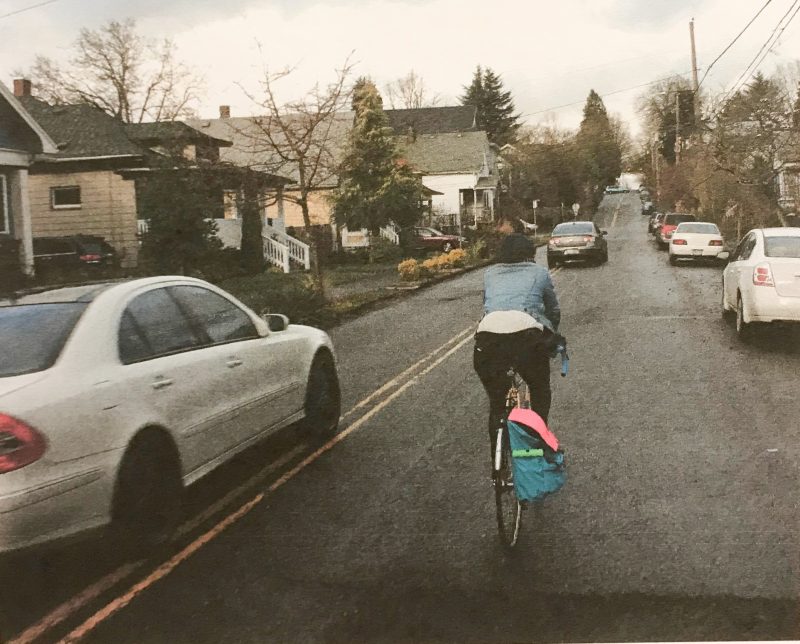
Yes we noticed that PBOT chose a “before” image that included an illegal and dangerous driver swerving around a bicycle rider.
To calm residents who fear such changes to 7th will lead to chaos on other streets, PBOT is being proactive with promises about how they’ll handle that issue. They were eager to tell people they already have funding to update traffic signal equipment on MLK Blvd in order to improve driver flow and capacity on that arterial street. They would also look at operational and signal updates on NE 15th, the other major traffic street to the east.
NE 9th and NE 7th
This is the option that seems much less feasible. In this scenario, PBOT would make the greenway on 9th and do some less robust traffic calming on 7th. Community volunteers working with Bike Loud PDX strongly oppose using 9th for a variety of reasons: It doesn’t connect as well with existing bikeways, it has much more elevation gain, and it would require either going up-and-over a big hill in Irving Park or going around the park altogether.
Ironically, PBOT showed a before/after image of the potential design of 9th just south Fremont were the route would essentially dead-end into the park. To get through the park a new path would have to be built and it would likely eat up a huge portion of the project’s $522,000 budget. This option would also not allow PBOT to spend as much on traffic calming for 7th, which they admit would lead to, “Volumes lower than today, but not enough to meet neighborhood greenway guidelines.”
Feedback
With the changes that are likely to come to NE 7th, there will undoubtedly be strong reactions from residents. But from my observation of post-it notes and conversations at the open house, a majority of people prefer 7th. Here are some of those comments:
It should be on 7th. Put lots of diverters!
7th is more direct, less hills, no park in the way.
9th has obvious attributes sought for a bikeway. Solve traffic problems on 7th some other way.
7th is better. Straight, safe route to school. Eyes on school street.
2-sided parking on 7th would be safer for pedestrians and improve livability.
People already use 7th as a N-S bikeway. Keeping it would promote more biking.
As for next steps, PBOT host a series of “community design discussions” in spring and then we’ll see the final proposed designs in June or July. Construction is scheduled to start in 2019. Stay tuned for more coverage and get on the project’s email list on PBOT’s website.
— Jonathan Maus: (503) 706-8804, @jonathan_maus on Twitter and jonathan@bikeportland.org
Never miss a story. Sign-up for the daily BP Headlines email.
BikePortland needs your support.
The post PBOT begins effort to transform NE 7th Ave into a “calm, local street” appeared first on BikePortland.org.
from Latest headlines from BikePortland http://ift.tt/2GQmHAr
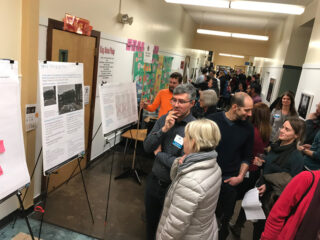
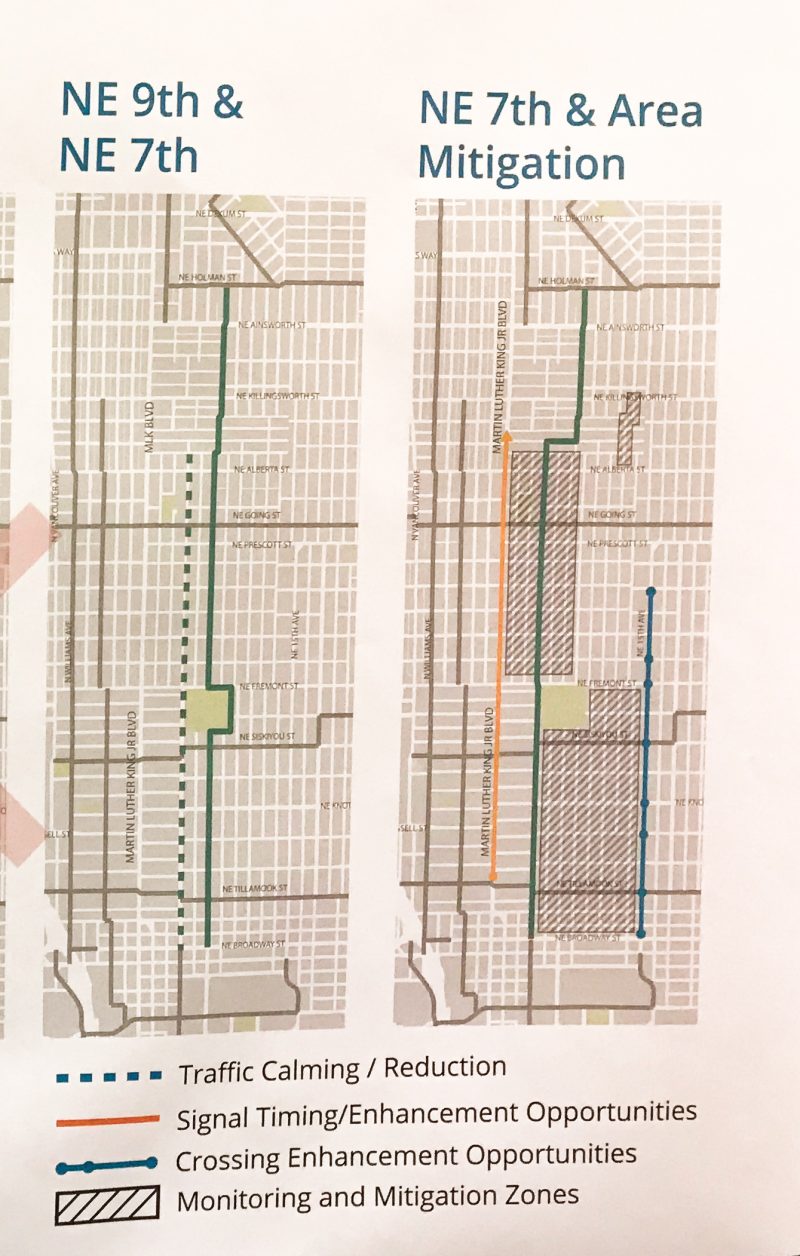
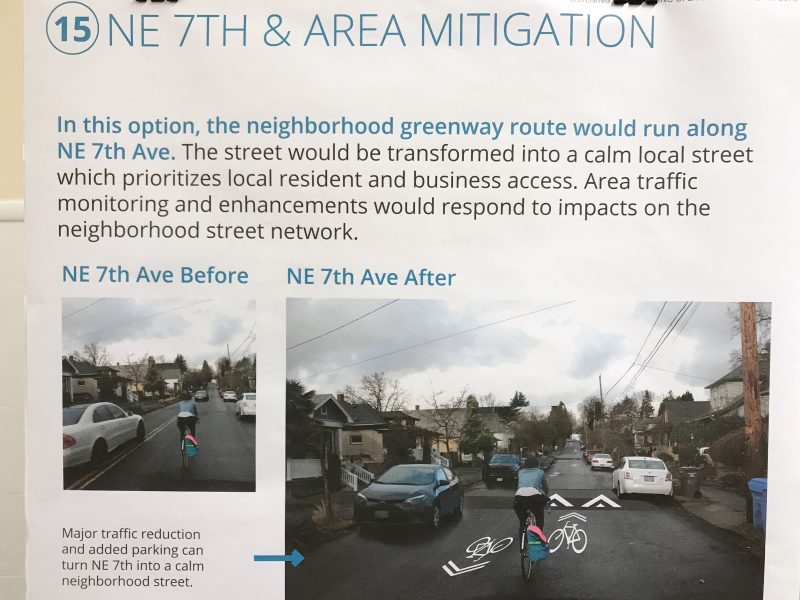

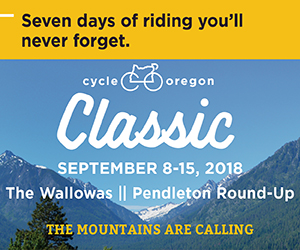
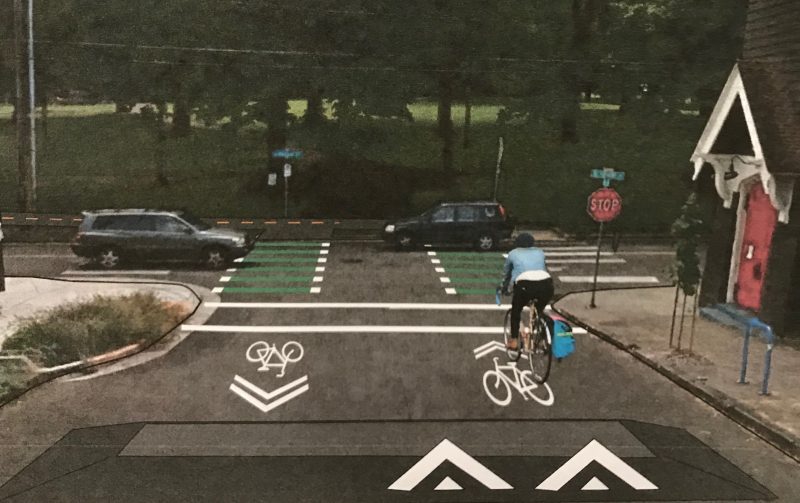
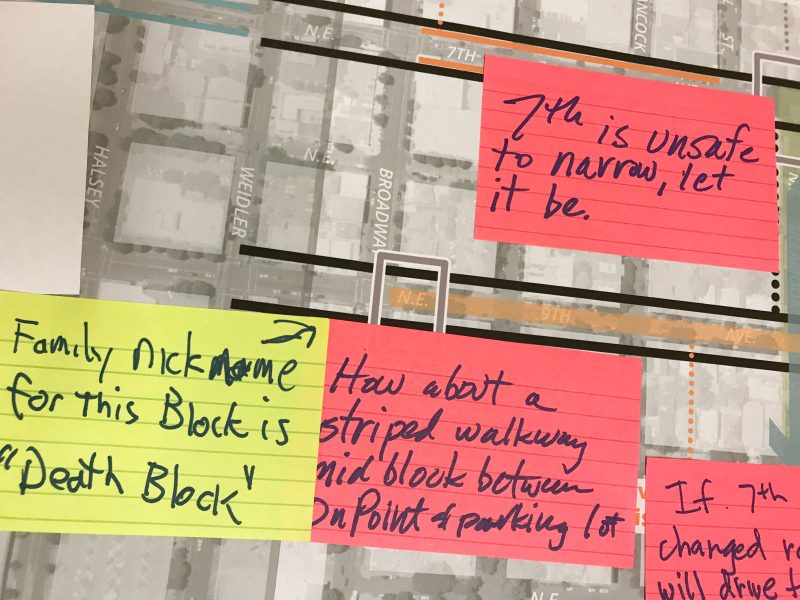

No comments:
Post a Comment